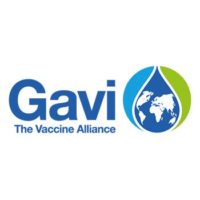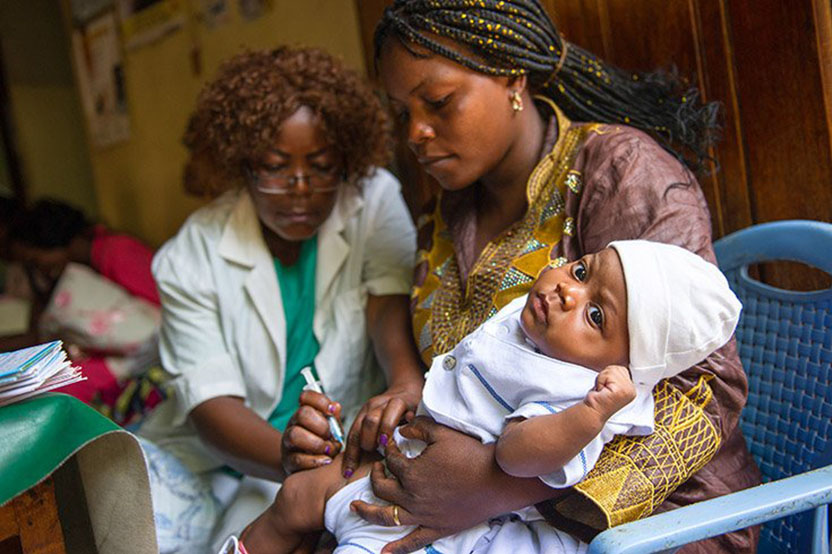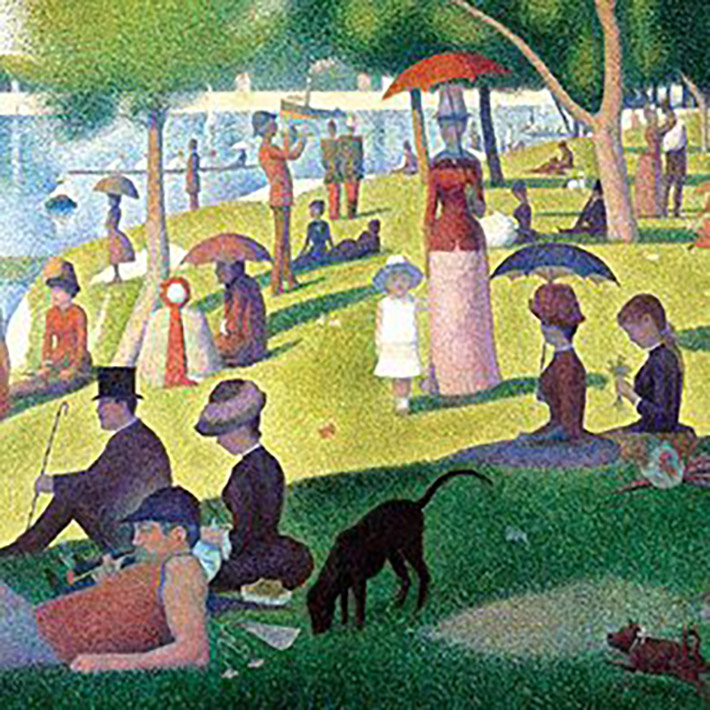Immunization against smallpox and other microbial scourges has transformed the prospect of surviving childhood, and vaccines are now protecting people from viral-linked cancers as well as conventional infectious diseases. Despite vaccines’ indisputable benefits, they are underutilized. Yet they can exert their clout only when they reach people.
A shot in the arm for global immunization
WHO’s Expanded Programme on Immunization (EPI) prompted a surge in immunization rates in the last quarter of the 20th century. When EPI was founded in 1974, only about 5% of children in developing countries had received the most basic vaccines; by 1990, the immunization rate for tuberculosis, diphtheria, tetanus, whooping cough, measles, and polio had hit 80%. Then progress stagnated.
In 2000, almost 30 million children in developing nations were not fully immunized. They were vaccinated against only six of the 11-12 diseases that most children in the industrialized world were protected from, and newly developed vaccines were reaching virtually none of the world’s poorest children.
To address this situation, Gavi was launched at the World Economic Forum in 2000 with $750 million of seed money from the Bill & Melinda Gates Foundation. Its goal was to save children’s lives and improve people’s health by increasing access to new and underutilized vaccines in low-income countries. Principals in the global immunization world, including UNICEF, the World Bank, and WHO agreed to collaborate through this new partnership. They teamed up with governments, research agencies, and other entities from the public and private sectors to ensure that the world’s children, wherever they live, benefit from the powerful vaccines that the scientific enterprise invents.
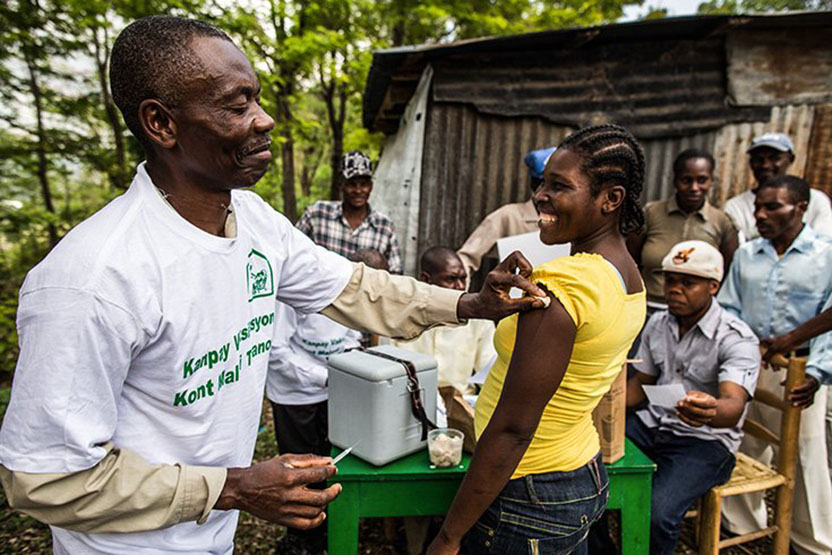
A health worker and other volunteers provide routine vaccines at the Community Center of Taifer to the population of a tiny Haitian mountain village. Gavi/Evelyn Hockstein
Shaping markets to deliver affordable vaccines
Because Gavi buys vaccines for 60% of the world’s children, the organization wields tremendous negotiating power with manufacturers and reduces their commercial risks. Furthermore, the high volume of vaccines purchased drives down costs while sustaining suppliers. By coordinating efforts and providing predictability, Gavi helps ensure that companies’ production investments pay off, that supply matches demand, and that prices become manageable for developing countries. The 11 Gavi-supported childhood immunizations that WHO recommends for children and adolescents cost about $1,300 in the US and $28 in Gavi countries.
Low-income nations pay a portion of the expenses of the vaccines that Gavi supports, and as a country’s financial capacity expands, so does its share. Because healthy citizens build strong economies, prosperity grows along with immunization coverage. Gavi’s strategy thus creates a positive feedback loop. Fifteen countries have completed the transition and now fully finance their vaccine programs.
Since 2000, Gavi has supported more than 460 vaccine campaigns in some of the world’s most challenging settings. The organization provides access not only to the basic WHO-recommended childhood immunizations, but also to those that stem outbreaks of regional diseases such as cholera and yellow fever. Gavi is succeeding in its quest to rectify inequities between wealthy and developing countries. For example, in 2000, 3% and 73% of low- and high-income countries, respectively, were distributing the Haemophilus influenza type b vaccine that fends off pneumonia and meningitis. Today, all low-income countries have introduced this vaccine.
In addition to facilitating rollouts of pre-existing vaccines, Gavi stimulates development and dissemination of new ones. Due to its efforts, the world now has a stockpile of an Ebola vaccine that has been already used to help contain the 2018 outbreak in the Democratic Republic of the Congo.
Gavi’s impact ripples out from the individuals who are immunized. Healthy children flourish in school and win gainful employment. Their parents spend less money, time, and energy nursing sick kids. Gavi’s activities thus liberate a wide range of resources. Families, communities, and national economies thrive, which stabilizes and enriches societies. For every $1 spent on vaccines in Gavi-supported countries, there is a $48 return on investment in terms of the costs of illness averted and benefits of people living longer, healthier, and more productive lives.
Invigorating health systems, inspiring engineering innovations
Vaccines don’t administer themselves, and Gavi funnels more than 25% of its funds toward bolstering healthcare systems. Essential components include workforce training, maintaining a cold chain to safeguard heat-sensitive vaccines, collecting data, educating people about the value of immunization, and fighting vaccine hesitancy. Establishing robust immunization frameworks also creates a platform for other health services.
Gavi’s comprehensive approach includes technological support. It has supplied solar-powered refrigerators to Haiti and it has created a program to finance the development and implementation of cutting-edge solutions that facilitate immunization. Because of this latter venture, drones are now delivering vaccines, blood products, and other medical supplies in Rwanda and Ghana for less than the cost of motorcycle transport.
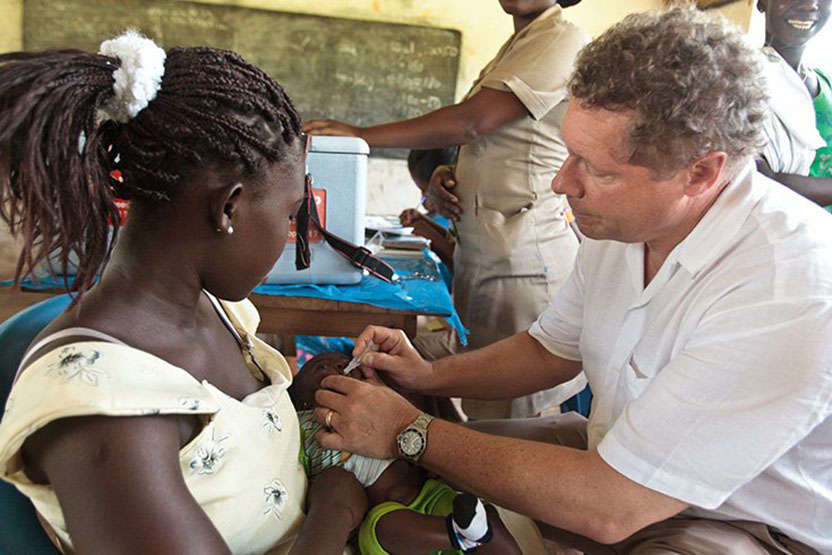
In Ghana, Seth Berkley delivers rotavirus vaccine, which protects against the leading cause of diarrhea in children under five. Gavi/Olivier Asselin
Ongoing challenges, stalwart commitment
Although Gavi has made dramatic headway since its birth, 19.4 million children worldwide still cannot access the most basic vaccines, and about half of the children living in Gavi countries do not benefit from the full complement of Gavi-supported vaccines. The organization is grappling with numerous complicating factors in today’s world. Violence and corruption hinder its activities in some locations, and the number of refugees is exploding, which creates special challenges. Microbes as well as humans exploit modern modes of travel, so life-threatening diseases can spread across the globe in hours.
Since its inception less than 20 years ago, Gavi has been closing the access gap for traditional and new-generation vaccines. Approximately 50% of the world’s children now receive a Gavi-supported vaccine. At launch, it aided the distribution of six vaccines; by 2025, this number will have increased to at least 18. By transporting these life-saving medical interventions from the planet’s most sophisticated research centers and production facilities to deep, elusive pockets of the globe, Gavi is imprinting a new standard of health and wellbeing on the world.
by Evelyn Strauss
